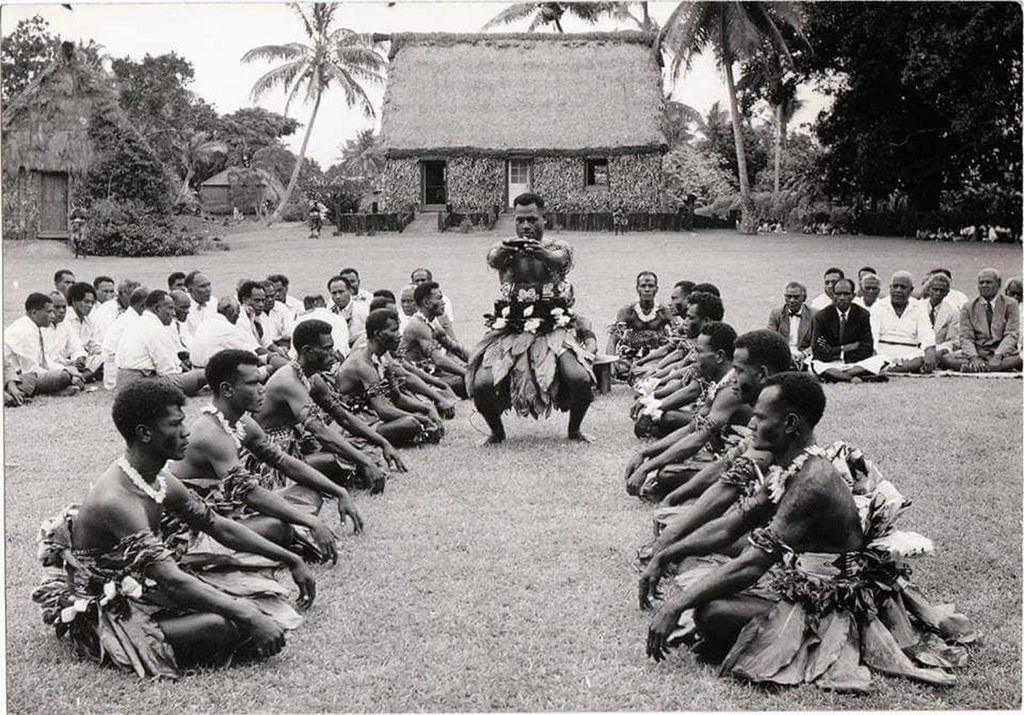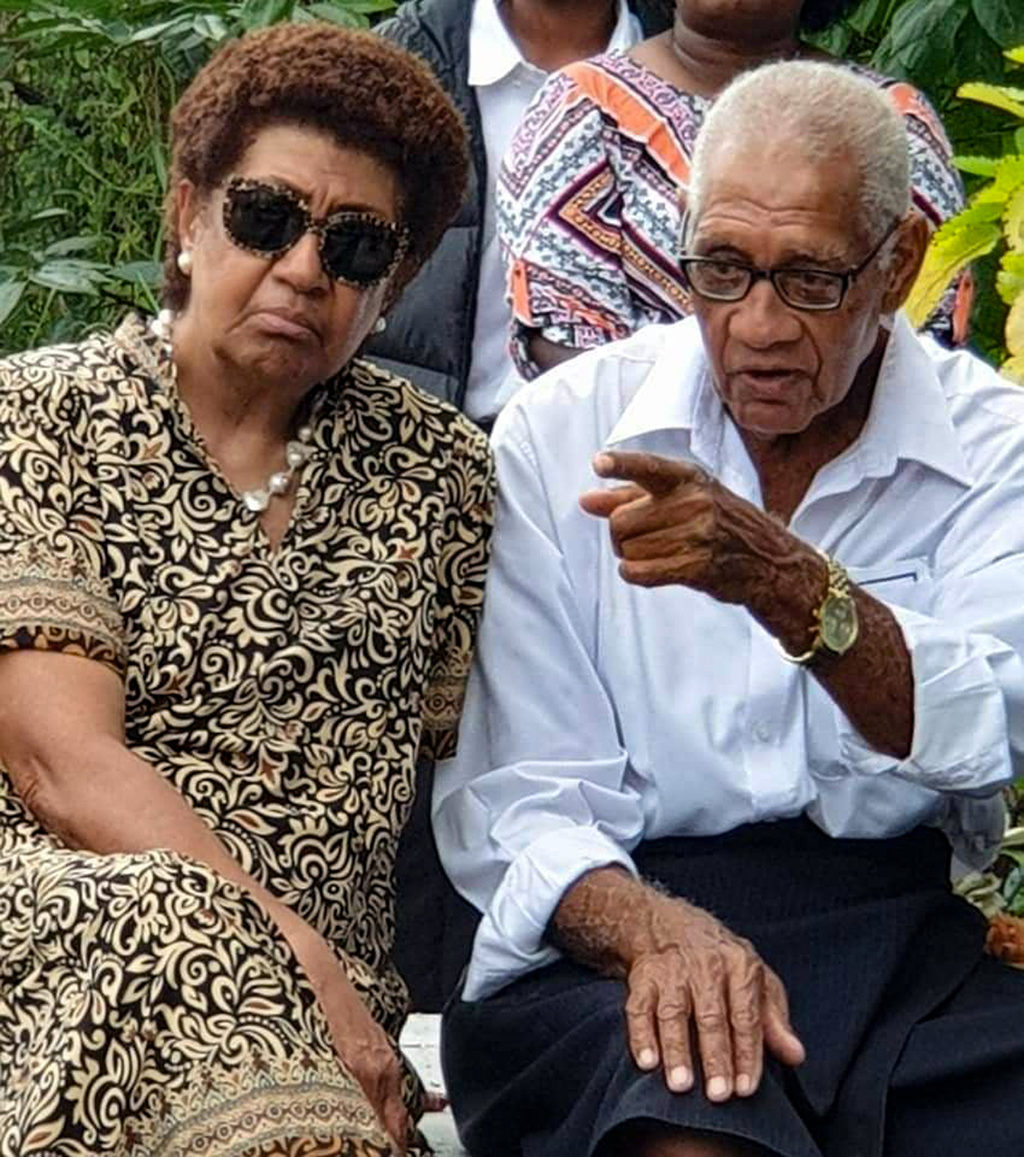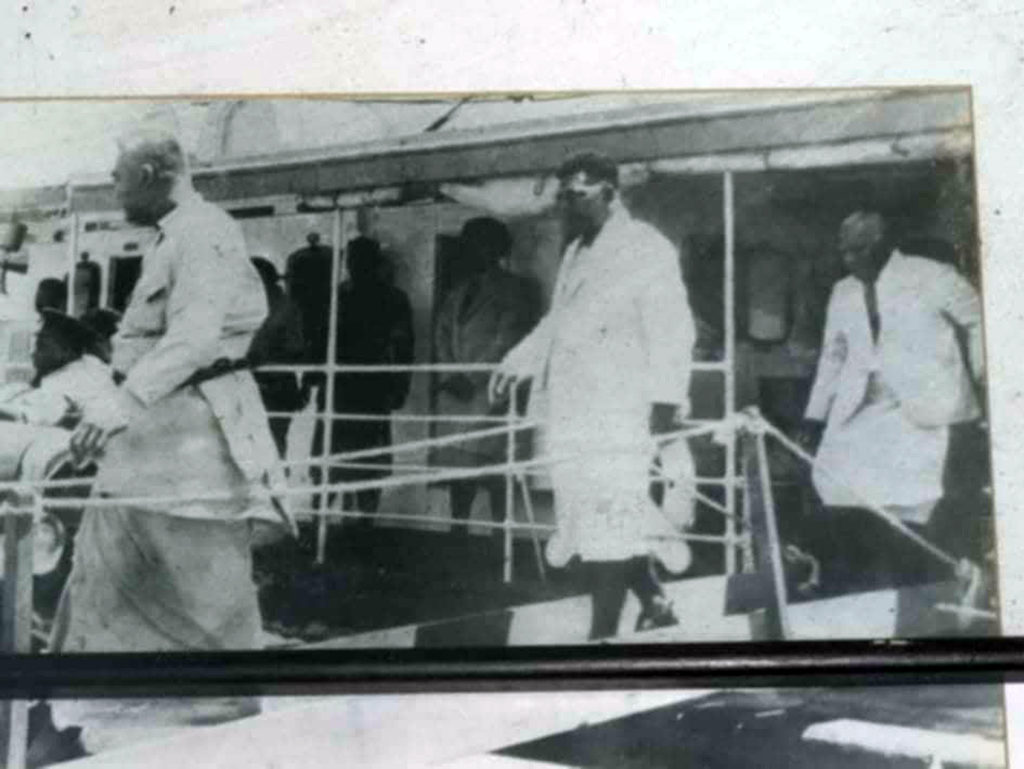THE province of Rewa, though the smallest, holds a powerful legacy within Fiji’s traditional leadership.
The province has long been home to great chiefs, warriors and leaders who shaped its history.
Among them is Ro Naiteqe, originally from Verata, a man whose legacy continues to influence the chiefly structure of Rewa and beyond.
His lineage connects the provinces of Naitasiri and Rewa, forming a complex web of alliances, power struggles and leadership transitions.
To truly understand the history of Rewa’s chiefs, we must journey back to a time when Fiji was divided into warring tribes, when alliances determined survival and when leadership was earned through battle and diplomacy.
One man who is dedicated to preserving and sharing this history is Samu Silatolu.
Through oral traditions and historical records, Lomanikoro native Mr Silatolu has painstakingly traced the chiefly lineage of Rewa, determined to ensure future generations understand their heritage.
Conflict and the rise of Verata
Before Rewa became the powerful province it is today, its lands were home to various tribes, each struggling for dominance.
“It all began when the Lomaivuna people (in the province of Naitasiri), who were the settlers of that region, were constantly oppressed by the Vuna people, who settled upstream near Vunidawa (also in Naitasiri),” Mr Silatolu said.
“The Verata tribe (from the ancient village of Verata), led by Ro Radaroro, after settling in Lomaivuna, waged war and displaced the Vuna people, who now live in Sawani Village (near Adi Cakobau School in the province of Naitasiri).
“There is no historical information to our knowledge that stated where the Verata people originated from or how they settled in Verata.
“But after witnessing additional war victories achieved by the Verata tribe, the Lomaivuna people relinquished the chiefly title Na Vunivalu (paramount chief) to the Verata chief.”
Mr Silatolu said that as a gesture of appreciation, the Lomaivuna people bestowed the chiefly title of Na Vunivalu upon Ro Radaroro.
This marked the beginning of Verata’s rise to power in the region.
Next in line
When Ro Radaroro passed away, his younger brother, Ro Naiteqe, inherited the title of Vunivalu Viria, in Naitasiri. He held the esteemed title, right to his death in Viria.
Unlike his brother, who was primarily a warrior, Ro Naiteqe was renowned for his strategic thinking and ability to form alliances.
“Ro Naiteqe’s leadership was mostly shaped and solidified with alliances,” Mr Silatolu said.
“In fact, he waged war not to conquer and rule, but to establish his presence.”
According to Mr Silatolu, his leadership led him to Motonoko, Viria, where he strengthened his ties with local chiefs and solidified his authority.
It was during his rule, he journeyed to Rewa, where his son, Ro Vunivanua (also known as Ro Vuetanavanua), was installed as Vunivalu e Nukunitabua, a prominent chiefly position within the Rewan hierarchy.
This installation symbolised the growing integration and influence of Ro Naiteqe’s lineage, within Rewa’s traditional structure.
The first Roko Tui Dreketi
Around the same period, another major event in Rewa’s history was unfolding.
A chief named Ro Rawalai was brought from Burebasaga (historically known as Nacokoni) and installed as the first Roko Tui Dreketi, by the Burenivalu tribe. He originated from Verata, but his tribe Burebasaga, came from here.
He took residence at Nasinukaulala, Nadoi Village, marking the establishment of a new chiefly title that would become the most powerful in Rewa. And Ro Vunivanua, the Vunivalu e Nukunitabua, took residence at Naturagatolu, also in Nadoi Village.
This event further shaped the balance of power, with Rewa’s leadership now divided between the Vunivalu e Nukunitabua and the Roko Tui Dreketi.
The guardian of the chiefly lineage
One of Ro Naiteqe’s most influential descendants was Delairewa.
According to Mr Silatolu, he inherited the title of Vunivalu e Nukunitabua after the passing of his father, Ro Vunivanua, son of Ro Naiteqe historically renowned as Turaga ni Verata).
“He was also installed as the Tuni Mata Rewa, a key advisor and representative, of the Roko Tui Dreketi,” Mr Silatolu said. The leadership role oversees all Rewan tribes. By this time, Ro Ravuikadavu succeeded Ro Rawalai, as the second Roko Tui Dreketi.
“After reaching Lomanikoro from Nadoi Village, Ro Ravuikadavu, accompanied by his close relative Delairewa, resided at Burekorewa, the chiefly residence and an important symbol of Rewa’s leadership.
“It was here that Ro Ravuikadavu passed away.”
When Ro Ravuikadavu, the second Roko Tui Dreketi, passed away, Delairewa, a high-ranking chief and close kin of Ro Ravuikadavu, stepped in as a caretaker leader. He assumed the temporary role as Roko Tui Dreketi, in addition to his existing roles as Vunivalu e Nukunitabua and Tuni Mata Rewa.
“At the time, Ro Ravuikadavu’s son, Ro Tabaiwalu, was still a young boy.
“So Delairewa, took him under his wing for some time, at the paramount chiefly residence in Na Rusa, ensuring that the boy was groomed for leadership.”
During this transitional period, Delairewa was instrumental in maintaining stability of Rewa’s leadership and upheld the chiefly traditions.
When Ro Tabaiwalu finally came of age, he was installed as the third Roko Tui Dreketi. However, his ascension was not without controversy.
Tensions arose within the chiefly family, with disputes over authority and responsibilities.
Despite these challenges, Ro Tabaiwalu’s leadership endured, continuing the legacy of the Roko Tui Dreketi. During his reign, he displaced the Vunivalu e Rewa (Tui Rewa) and held both the titles of Roko Tui Dreketi and Vunivalu.
The modern-day legacy of Ro Naiteqe’s descendants
Today, the direct descendants of Ro Naiteqe, still reside at Lomanikoro in Rewa.
Their ancestral home, Burekorewa, remains the centre of their traditional responsibilities.
The Verata tribe in Lomanikoro, Rewa, is today led by Ratu Vitu Qiolevu Delairewa, a direct descendant of Ro Naiteqe (Na Turaga ni Verata). He is “independent” of his own.
His role is to uphold the legitimacy of the Roko Tui Dreketi’s leadership and ensure that the traditions of his ancestors remain intact.
However, Mr Silatolu points out that some historical uncertainties remain.
“Historically, it was stated that before Ro Vunivanua, the Vunivalu e Nukunitabua’s subclan, Nukunitabua, from the clan Nukunitabua and tribe Nukunitabua, was extinct,” Mr Silatolu said.
“However, after Delairewa, there had been no ‘historical record’ whatsoever to state clearly the ‘traditional transfer’ of the Vunivalu e Nukunitabua title to the current title holders until today.
“As a matter of fact, Nauludole Mataitini’s lineage (current title holder) only began after the 5th Roko Tui Dreketi’s reign. Historically, no one within his lineage has ever been ‘traditionally installed’, until Epeli Mataitini, his father.
“That was six generations after Delairewa. Their lineage is of the Nakoro subclan, from the Nukunitabua clan and Nukunitabua tribe.
“They do not have any ‘connection’ whatsoever to the Vunivalu e Nukunitabua and the Vunivalu e Rewa, both of which originated from Nakauvadra.
“Their ancestors were just ‘a part of the entourage’ led by the Vunivalu e Nukunitabua that migrated from Nakauvadra to Nauluvatu Waidina, to Naqarawai Namosi, to Rewa, where they reside today.”
Even their current residence, Dravo, does not even have any historical significance whatsoever in the history of Rewa.
Additionally, changes to the traditional roles and hierarchy of Lomanikoro’s 13 village clans were never officially documented (eg. The historical status of bati, bete and matanivanua were all unofficially repositioned as sau turaga).
“Little did they realise that history will always speak for itself,” Mr Silatolu said.
Preserving Rewa’s history for future generations
As Rewa continues to evolve, its rich history remains a cornerstone of its identity.
The legacy of Ro Naiteqe and his descendants serves as a reminder of the strength, wisdom, and leadership that shaped the province. Thanks to Samu Silatolu, these stories are not lost.
Chiefly ceremonial yaqona cup bearer, Rt Timoci Qiolevu Silatolu (descendant of Ro Naiteqe), during Sir Ronald Garvey’s (Governor General) visit to Lomanikoro, Rewa in 1958. Picture: Supplied

Roko Tui Dreketi Ro Teimumu Kepa with Ro Misiwata Roligalevu Silatolu descendant of Ro Naiteqe) at Lomanikoro, Rewa.
Picture: Supplied



